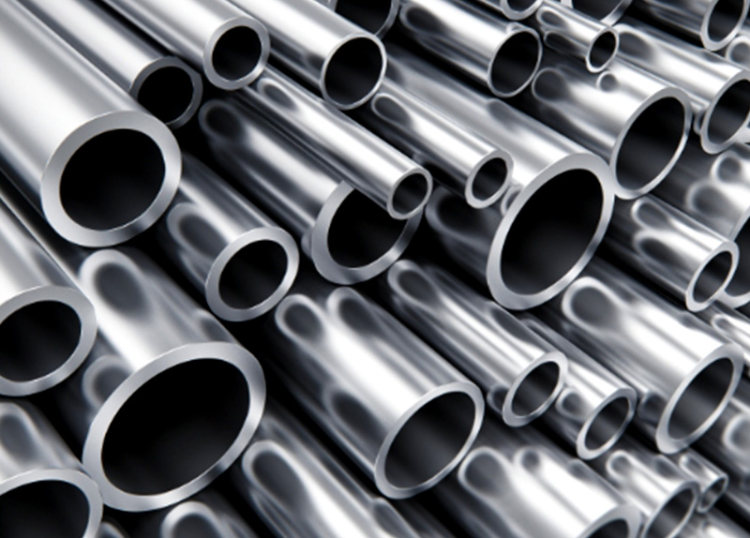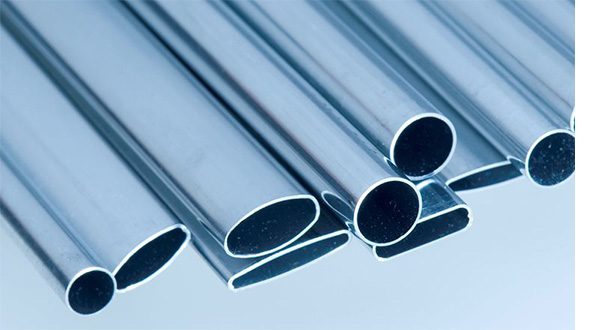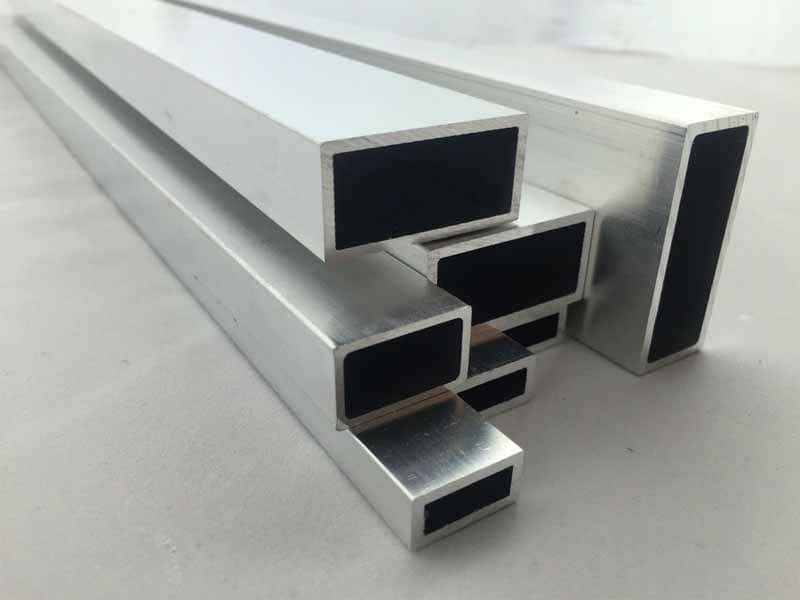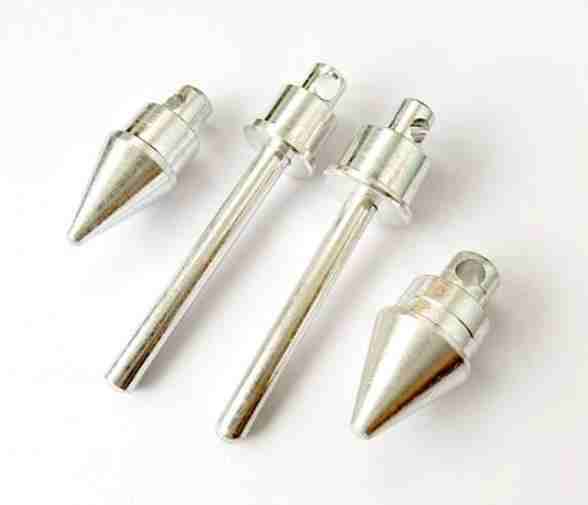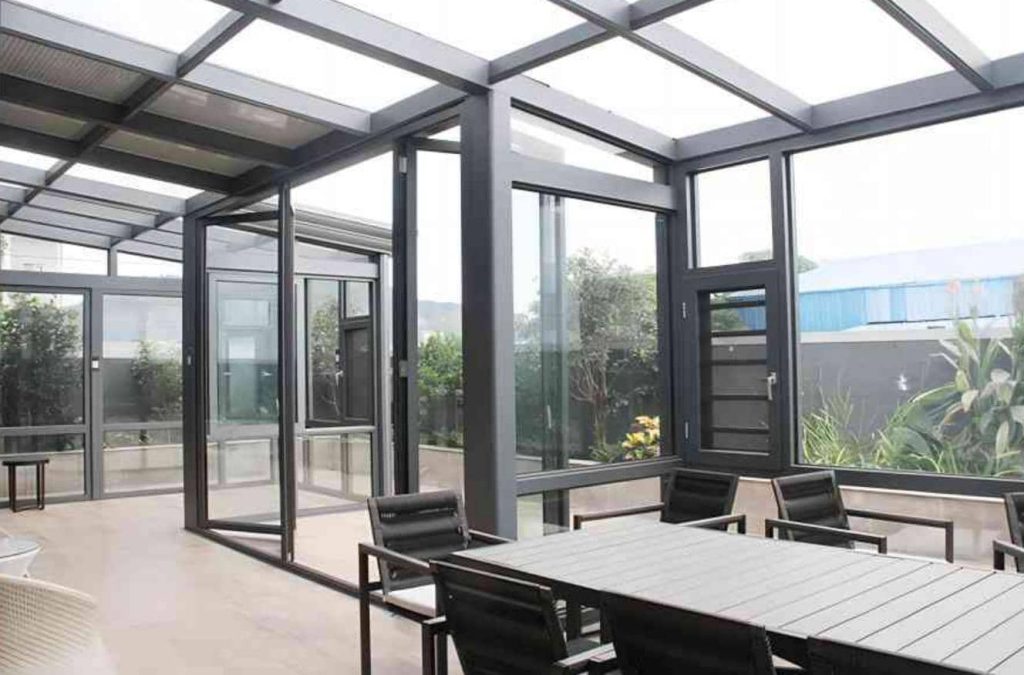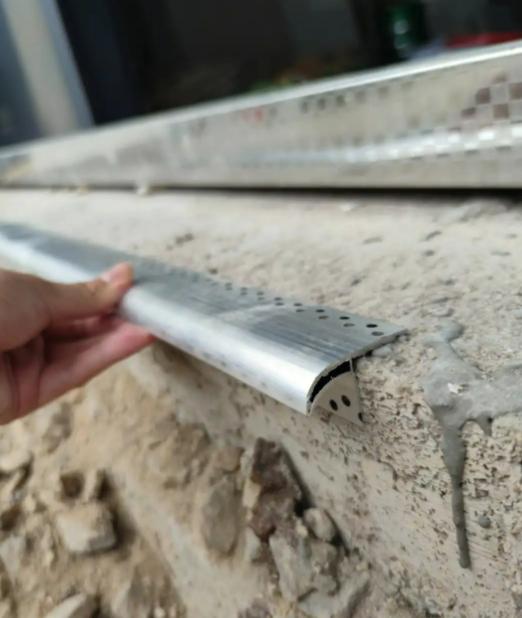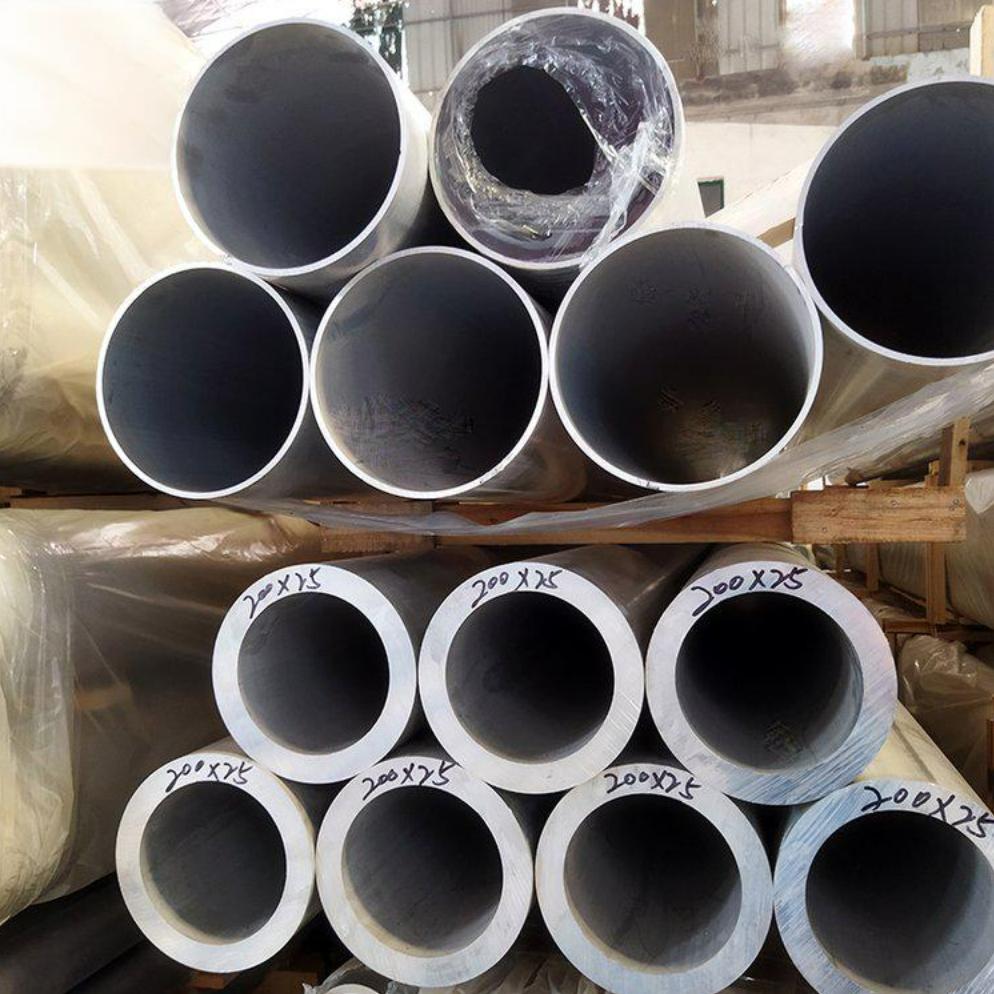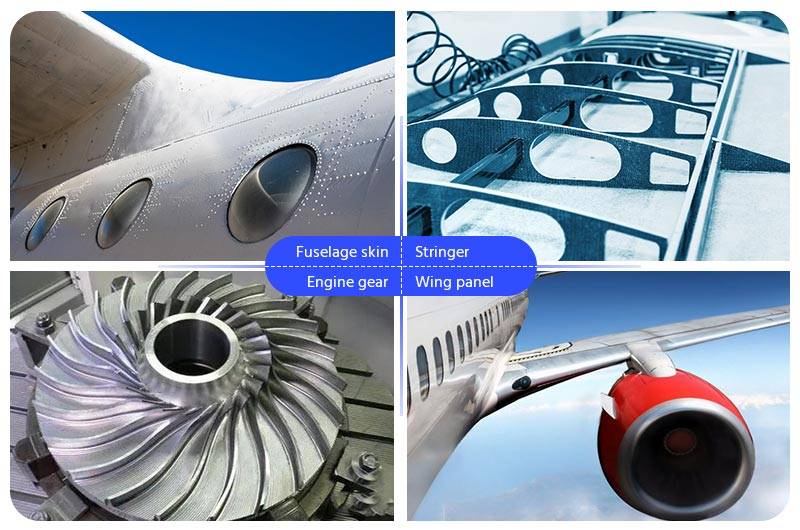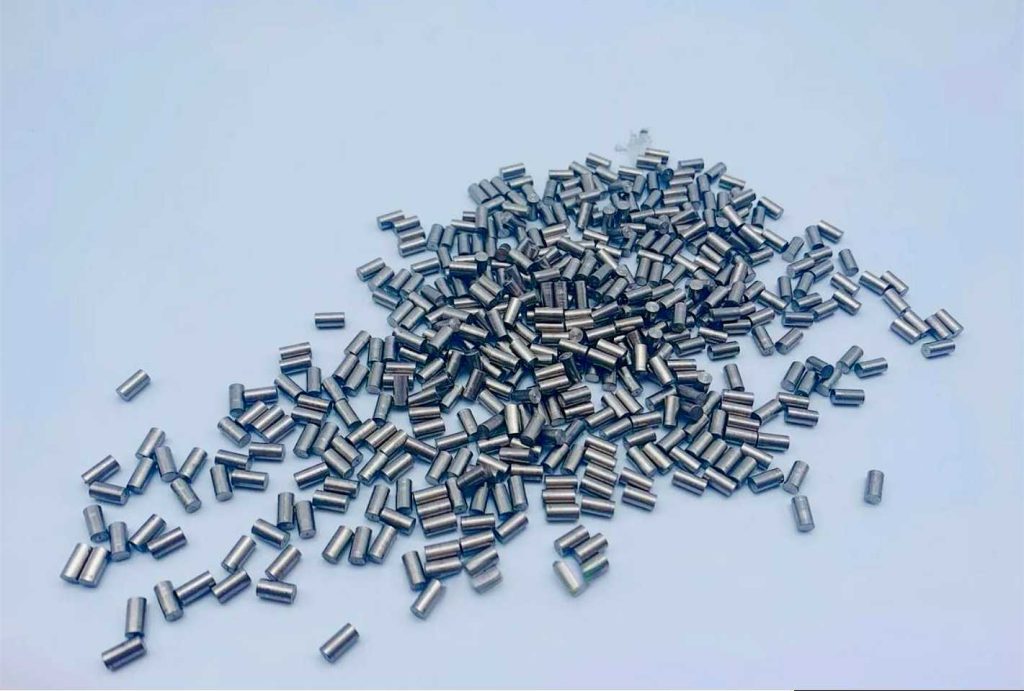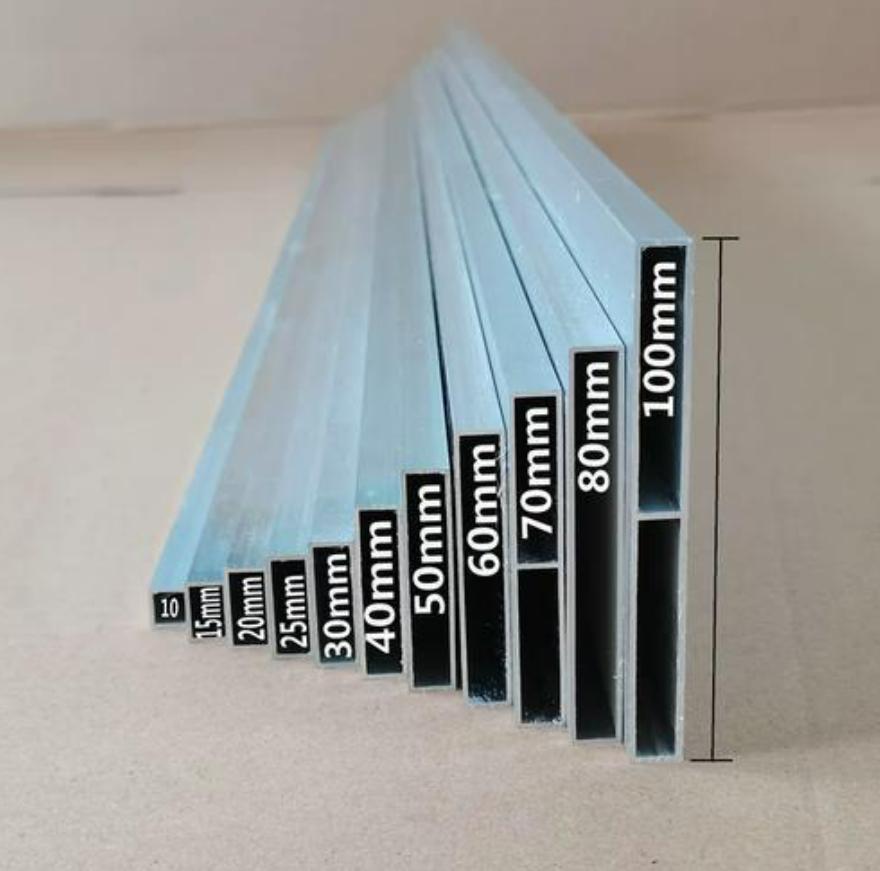The world of cycling is rife with choices, and one of the most critical decisions you’ll make when selecting a new bike is whether to go for a carbon or aluminum frame. These two materials have been battling it out for supremacy on the road for years, each with its own unique set of attributes. In this article, we’ll dive into the age-old debate of carbon vs. aluminum to help you decide which material truly rules the road for your cycling needs.
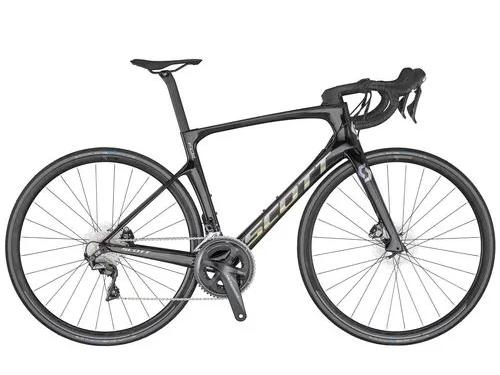
Carbon Fiber: The Lightweight Wonder
Which Type of Carbon Can Make Bike Frames?
Carbon fiber frames typically use different types of carbon fiber weaves and resins to achieve specific properties. The choice of carbon fiber type depends on the desired balance of strength, stiffness, weight, and cost. Common types of carbon fiber used in bike frames include:
- High Modulus (HM) Carbon Fiber: High modulus carbon fiber is stiff and lightweight, making it suitable for creating lightweight and responsive frames. It’s often used in high-performance road and racing bikes.
- Intermediate Modulus (IM) Carbon Fiber: Intermediate modulus carbon fiber offers a good balance between weight, stiffness, and cost. It’s often used in a wide range of bike frames, including both performance and recreational models.
- Low Modulus (LM) Carbon Fiber: Low modulus carbon fiber is less stiff but more impact-resistant. It is sometimes used in mountain bike frames and other applications where durability is a significant concern.
Advantages of Carbon Bike Frame
- Unmatched Weight-to-Strength Ratio: Carbon fiber is celebrated for its exceptional strength-to-weight ratio. It’s incredibly lightweight, making it a top choice for cyclists who want to shave off precious grams and enhance their climbing and acceleration abilities.
- Vibration Damping: Carbon fiber has natural vibration-damping properties. This results in a smoother and more comfortable ride, especially on rough or uneven terrain.
- Aerodynamics: Carbon frames can be designed with aerodynamics in mind. If you’re a speed enthusiast, this can provide a competitive edge.
- Customization: Manufacturers can fine-tune carbon frames to meet specific design requirements, tailoring them for various riding styles and performance characteristics.
Considerations of Carbon Bike Frame
- Pricey Investment: Carbon bikes tend to be on the expensive side due to the labor-intensive manufacturing process and the cost of the material itself.
- Vulnerable to Impact: While carbon is strong, it’s more susceptible to damage from crashes or rough handling, which can be a concern for some riders.
- Complex Repairs: Repairing a damaged carbon frame can be a complex and costly process, often requiring the expertise of a specialist.
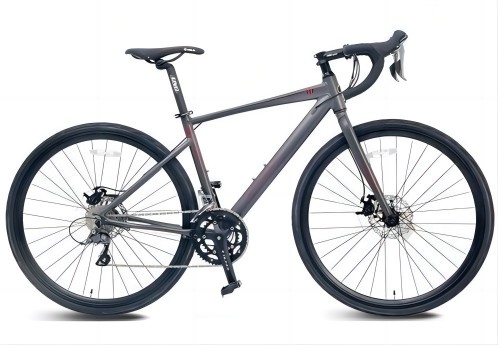
Aluminum: The Affordable Workhorse
Which Type of Aluminum Can Make Bike Frames?
Aluminum bike frames are commonly constructed using aluminum tubing, and the specific type of aluminum tubing used can vary depending on the frame design, intended use, and desired characteristics. The most commonly used aluminum alloy for bike frame tubing is 6061 aluminum, but other aluminum alloys may also be used. Here’s a closer look at the most common aluminum tubing used for bike frames:
- 6061 Aluminum: 6061 is a commonly used alloy in bike frame construction. It offers a good balance of strength and weight and is relatively easy to work with, making it a popular choice for many types of bikes.
- 7005 Aluminum: 7005 is another aluminum alloy used in bike frames. It has a higher strength-to-weight ratio than 6061 and is often used for lightweight and durable frames.
- 6069 Aluminum: This alloy is relatively new in bike frame construction and is known for its high strength and lightweight. It’s often used in high-performance mountain and road bike frames.
Advantages of Aluminum Bike Frame
- Budget-Friendly: Aluminum frames are known for their affordability, making them a popular choice for budget-conscious cyclists and beginners.
- Durability: Aluminum is more resilient to impacts and can withstand minor accidents or mishandling with less damage compared to carbon.
- Ease of Repair: When damaged, aluminum frames are typically easier and cheaper to repair than their carbon counterparts.
- Stiffness for Power: Aluminum frames are known for their stiffness, providing excellent power transfer and responsiveness when pedaling.
Considerations of Aluminum Bike Frame
- Weight Penalty: Aluminum frames are typically heavier than carbon, which may be a drawback for those looking to minimize bike weight.
- Ride Comfort: Aluminum frames can transmit more road vibrations to the rider, potentially resulting in a less comfortable ride, particularly on rough surfaces.
- Aerodynamic Limitations: Aluminum frames may not be as aerodynamic as carbon frames, which can affect performance in certain racing situations.
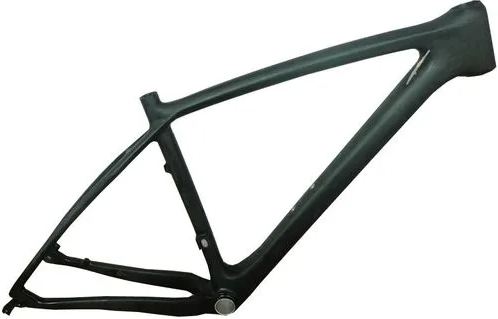
Which Material is Right for You?
The choice between carbon and aluminum ultimately depends on your personal preferences, budget, and the type of cycling you plan to pursue. If you’re a dedicated racer seeking peak performance and have the budget to match, a carbon bike may be the clear winner. Its lightweight, vibration-damping properties and aerodynamic advantages make it a top choice for competitive cyclists.
- Performance vs. Budget: If you’re a performance-oriented cyclist with a flexible budget, carbon might be the way to go. However, aluminum is a solid choice for riders who want a reliable bike without breaking the bank.
- Terrain: Consider the type of terrain you’ll primarily ride on. Carbon frames excel in climbs and on smooth roads, while aluminum frames are more suitable for rugged terrains.
- Maintenance: If you prefer low-maintenance cycling, aluminum is a durable and hassle-free option.
- Budget: Your budget is a significant factor. While carbon frames are performance-oriented, aluminum frames offer excellent value for money.
- Personal Preference: Finally, personal preference plays a considerable role. Test-riding bikes with both frame materials can help you decide which one feels more comfortable and responsive to you.
The best way to determine which material rules the road for you is to test ride both carbon and aluminum bikes. Getting a feel for their differences and how they align with your cycling goals will help you make the right choice. Whether you go for the lightweight, high-performance nature of carbon or the affordability and durability of aluminum, the most crucial thing is finding a bike that keeps you cycling with passion and joy.


